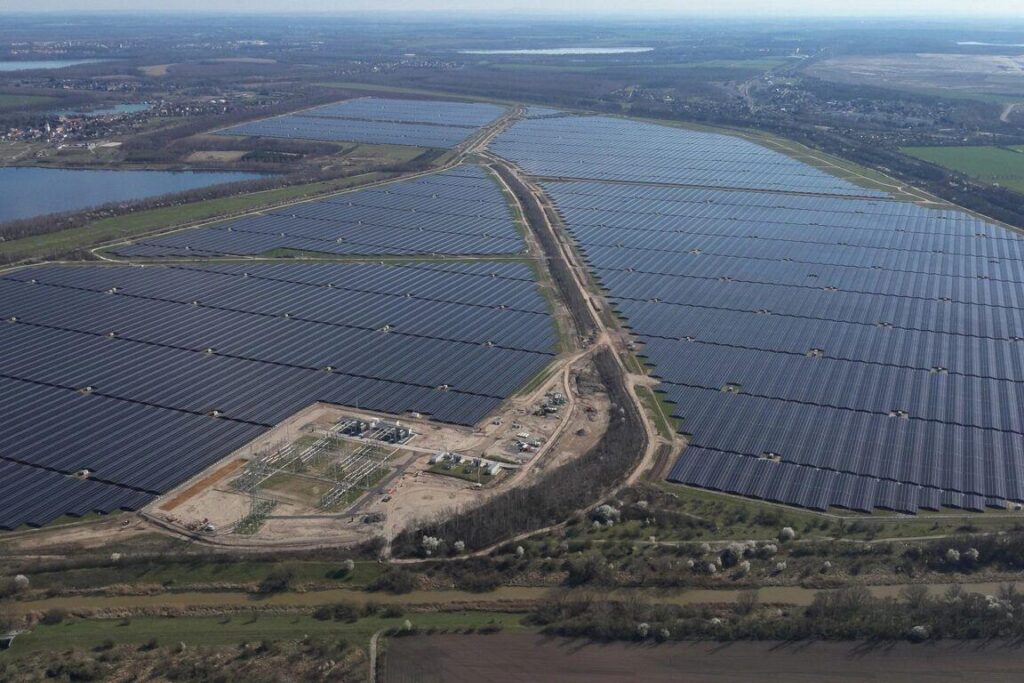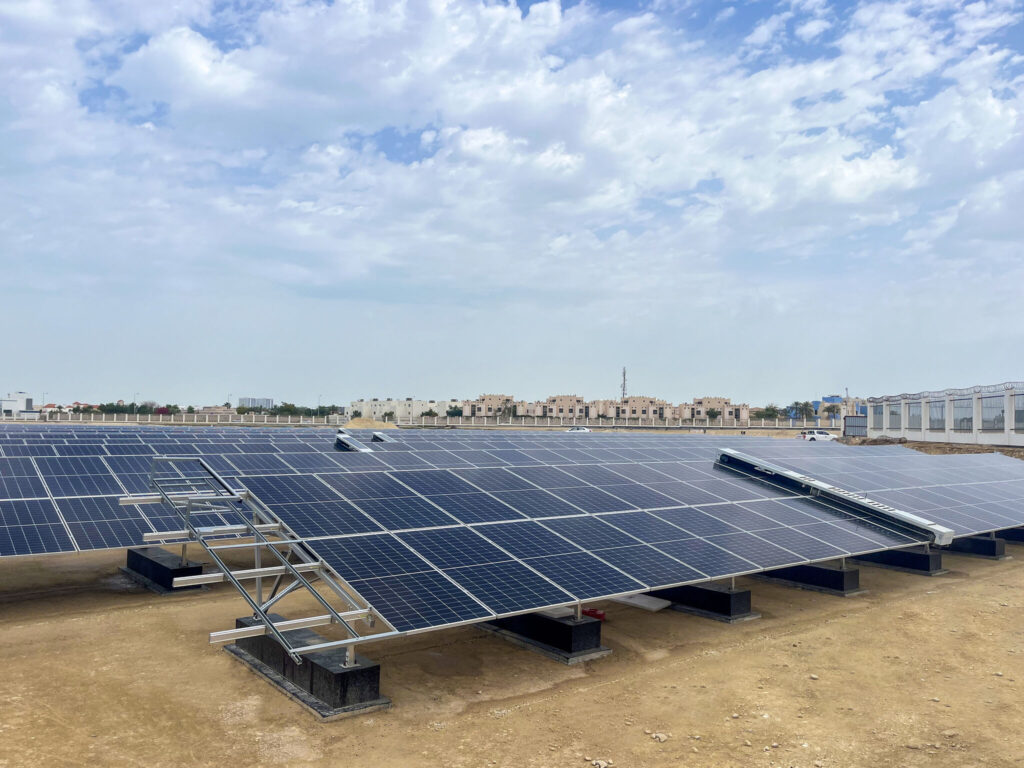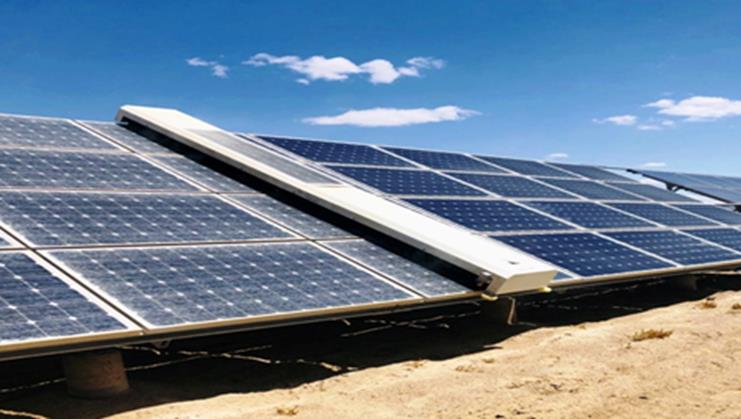Systematically organized based on large-scale power plant O&M requirements and product technical specifications.
I. Core Features and Technical Specifications
1.Todos Utility-Scale Solar Panel Cleaning system Basic Characteristics
- 清掃頻度: Automatic daily cleaning with optional water wash function (requires accessory)
- Cleaning Efficiency: >99% single-pass cleaning rate, improving PV panel efficiency by 10-65%
- Application Scenarios: Harsh environments including desert plants (sand), urban rooftops (air pollution), and industrial zones (high dust)
- Eco-Design: Default dry-sweep mode requires no water; modular structure reduces component wear
2. Key Technical Parameters (Tabulated)
| パラメータ | 仕様 |
|---|---|
| 清掃距離 | 1,600~3,000m |
| Battery Configuration | 24V/16Ah Lithium Battery |
| Panel Power | 55W Low-Energy Design |
| ブラシ素材 | PA610 Dust-Free Flexible Nylon Spiral Brush |
| 障害物登り | ≤22° Inclination |
| Temperature Tolerance | -30℃~70℃ |
| Protection Rating | IP65 Dust/Water Resistance |
| Movement Speed | 12m/min Constant Cleaning Speed |
II. Utility Scale Solar Panel Cleaning Robot Technical Advantages
1. High-Efficiency Cleaning System
- Spiral Brush Patent: Ultra-flexible PA610 bristles with 60-120 RPM adjustable motor enable deep cleaning with zero glass surface scratches
- Self-Cleaning Program: Post-operation high-speed rotation removes dust automatically, extending brush life by 30%+
- Smart Path Planning: Dynamically adjusts route based on environmental sensors to prevent panel edge damage
2. Intelligent O&M Management
- Dual Remote Control: Cloud platform + mobile app for real-time monitoring of cleaning history, energy reports, and fault logs
- Smart Scheduling Algorithm: Automatically adjusts cleaning cycles based on weather forecasts (e.g., sandstorm warnings) for optimal efficiency
- Fault Handling: 85% routine issues resolved via self-diagnosis; complex problems trigger cloud diagnostics (Todos team average response <2 hours)
III. Utility-Scale Solar Panel Cleaning Robot Operation and Maintenance Guide
1. Installation Process
- Site Assessment: Confirm PV array spacing ≥40cm and single-row length ≤3km
- トラックの設置: Use lightweight aluminum rails with ±15° slope adaptation
- System Integration: Connect to plant SCADA system; set cleaning windows (recommended to avoid midday heat)
2. Routine Maintenance
- Consumable Replacement: Brushes (every 2 years), drive wheels (every 3 years), sensor calibration (every 6 months)
- Winter Measures: Activate pre-heat mode below -20℃; switch to snow-pressure cleaning program
- Data Management: Monthly efficiency reports and power generation improvement tracking
IV. Utility Scale Solar Panel Cleaning System Economic Analysis (vs. Manual Cleaning)
| Comparison Metric | Todos Robot | 手動クリーニング |
|---|---|---|
| Per-Cleaning Cost | ¥0.03/W (5-year amortization) | ¥0.12/W (including insurance) |
| Safety Risks | Zero work-at-height risks | 0.7% annual accident rate |
| Power Loss | Night operation = no downtime | ≥3 hours daytime shutdown per session |
| Long-Term Benefits | Extends panel life by 2-3 years | Increased microcrack risk from foot traffic |
V. Customization Options
- Mega-Plant Package: Cluster control system (manages 200+ robots) with mobile charging stations
- Data Analytics Service: Builds cleaning-power generation correlation models to optimize strategies
Note: Todos Solar Panel Cleaning Robot Manufacturer provides lifetime software upgrades with quarterly algorithm updates. Regular visits to the company cloud platform are recommended for OTA updates via the app.
The typical ROI period is 18-24 months, especially suitable for 100MW+ utility-scale plants. Field data shows a 22.7% annual power increase and 41% O&M cost reduction at a 600MW Saudi desert plant.



